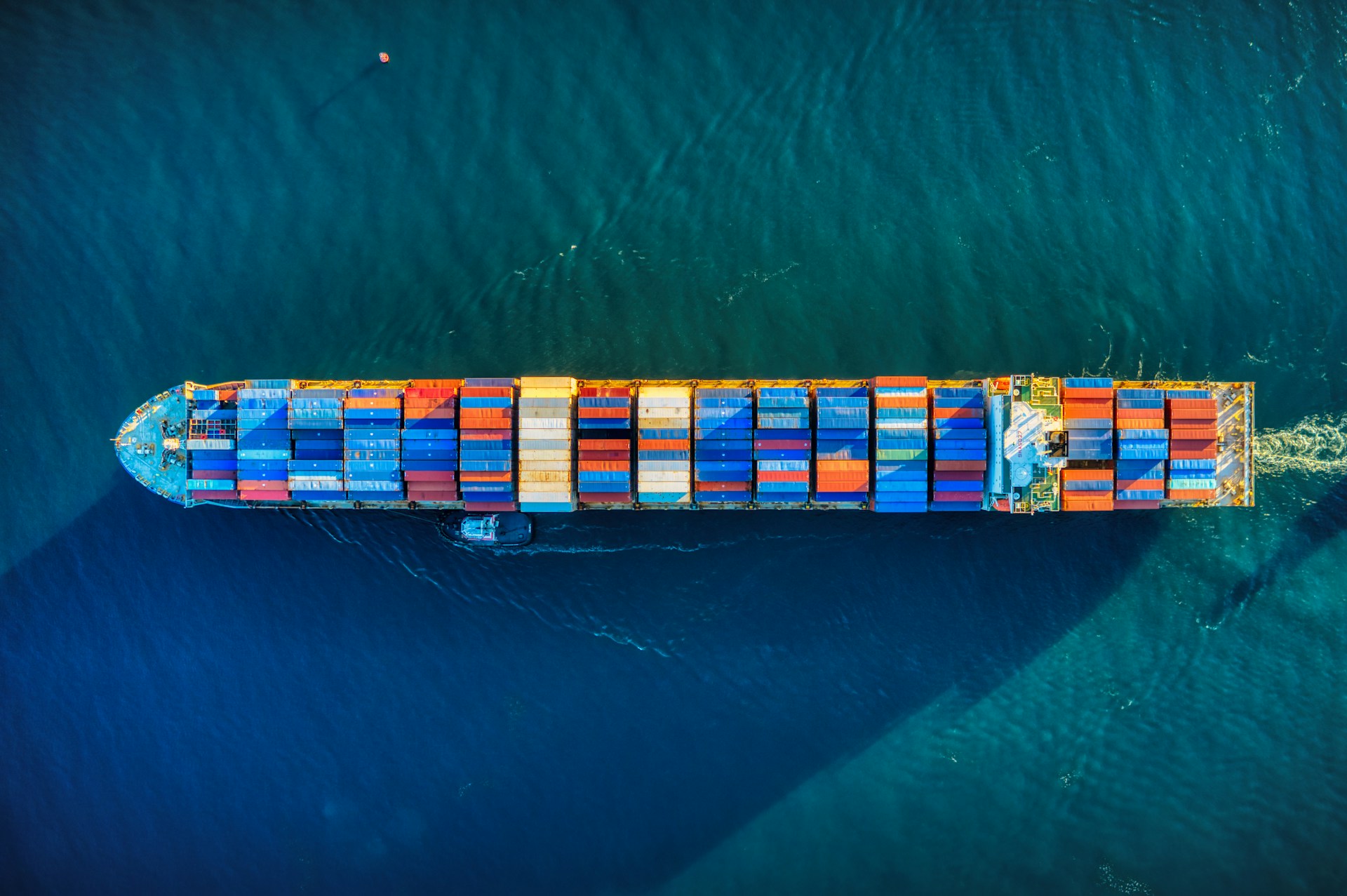
Plug and sail
17 May, 2024
If you think about the environmental impacts of transport, you almost certainly think about air transport, and large lorries. But you’re unlikely to spend much time thinking about shipping (although if you do, we’d highly recommend the excellent Deep Sea and Foreign Going for a deep dive into all things container ship related).
Around 60% of global seaborne trade is carried by container ships, which is around 16% of total global trade by volume. Container ships emit about a billion tonnes of carbon dioxide annually, which is around 3% of global emissions. So even if you overlook the other issues – air pollution, the risk of spills, the impact on local ecosystems when ballast water is discharged in foreign ports – the environmental impact of transporting goods around the world via container ship is enormous.
Global trade isn’t going anywhere, and container shipping is (for the most part) a less environmentally damaging than air freight, meaning that the maiden voyage of the world’s largest electric-powered container ship earlier this month between Shanghai and Nanjing is big news for the planet. The Greenwater 01 will save 3,900kg of fuel per 100 nautical miles (around the distance from Newcastle to Edinburgh), reducing emissions by around 12 tonnes of carbon compared to a standard vessel.
Solutions like this are all part of the broader picture as we transition to net zero, and hold the key to decarbonising global supply chains. One small journey for a ship, one giant leap for the planet.
By Claire Jost
 Back to all friday 5
Back to all friday 5